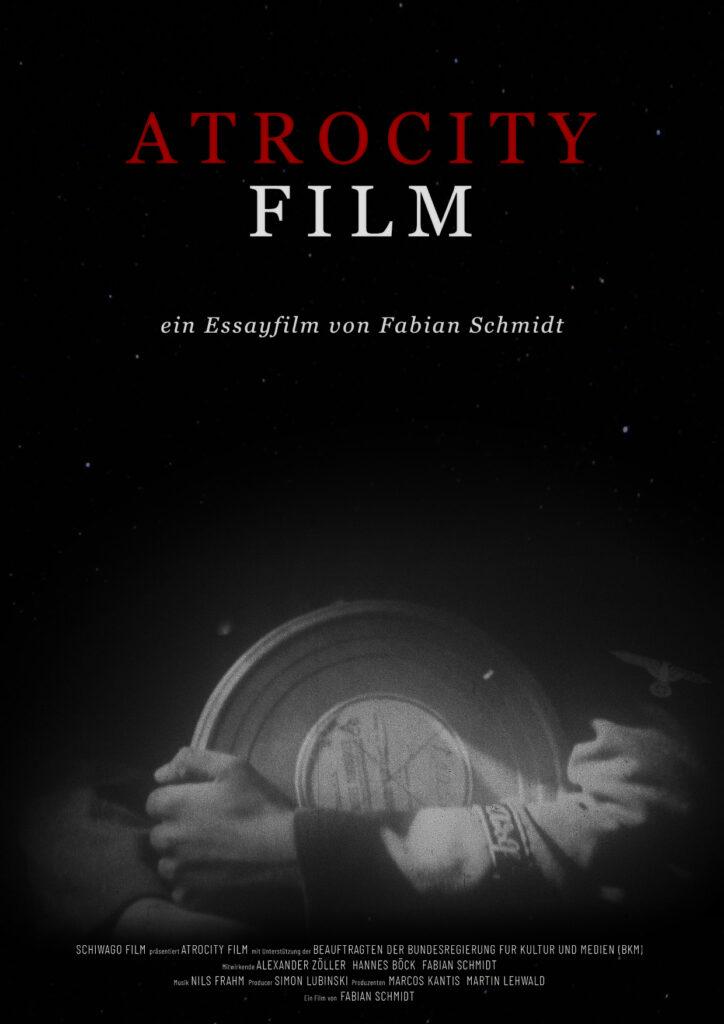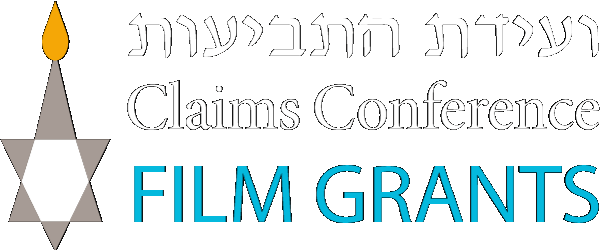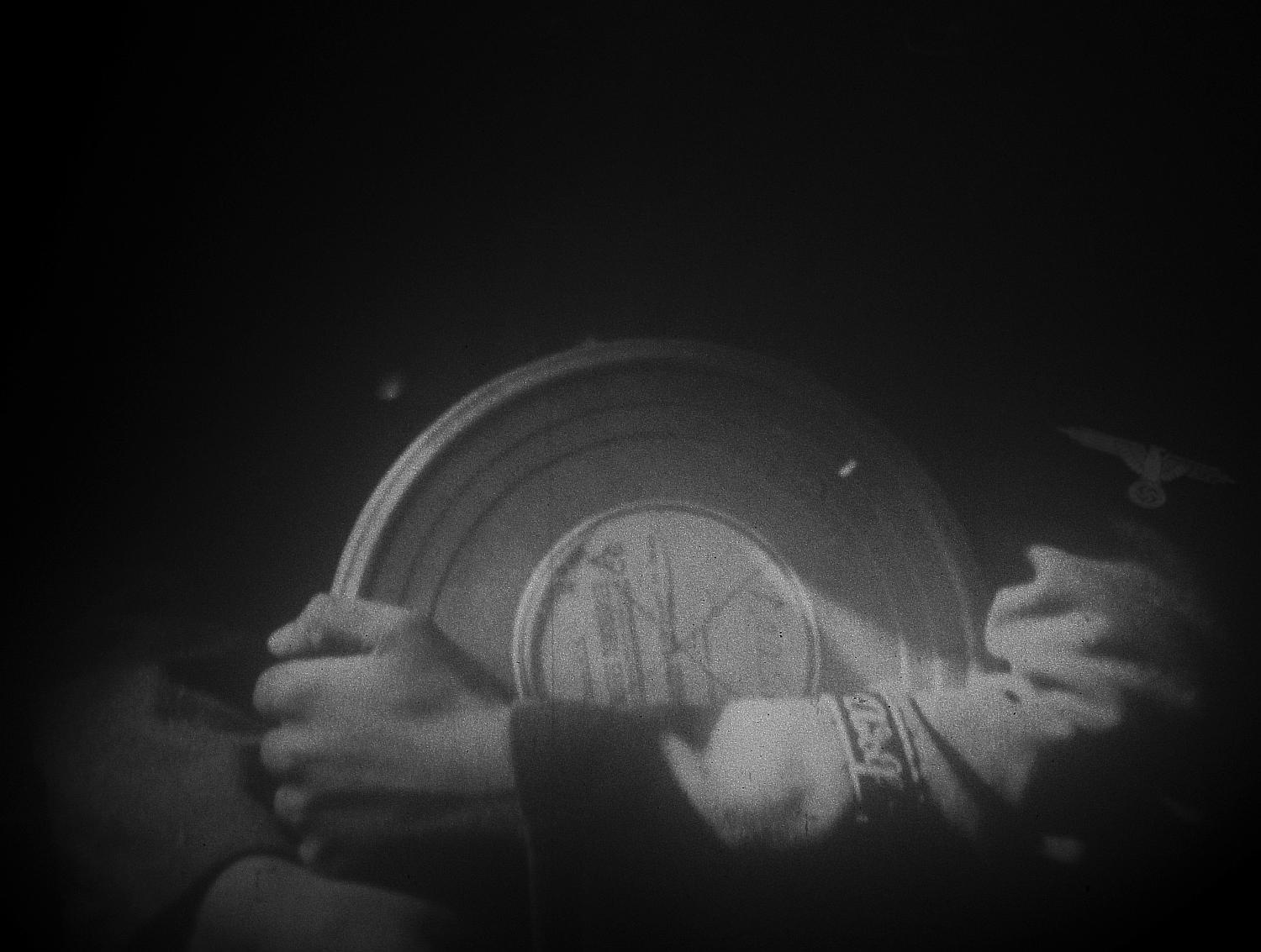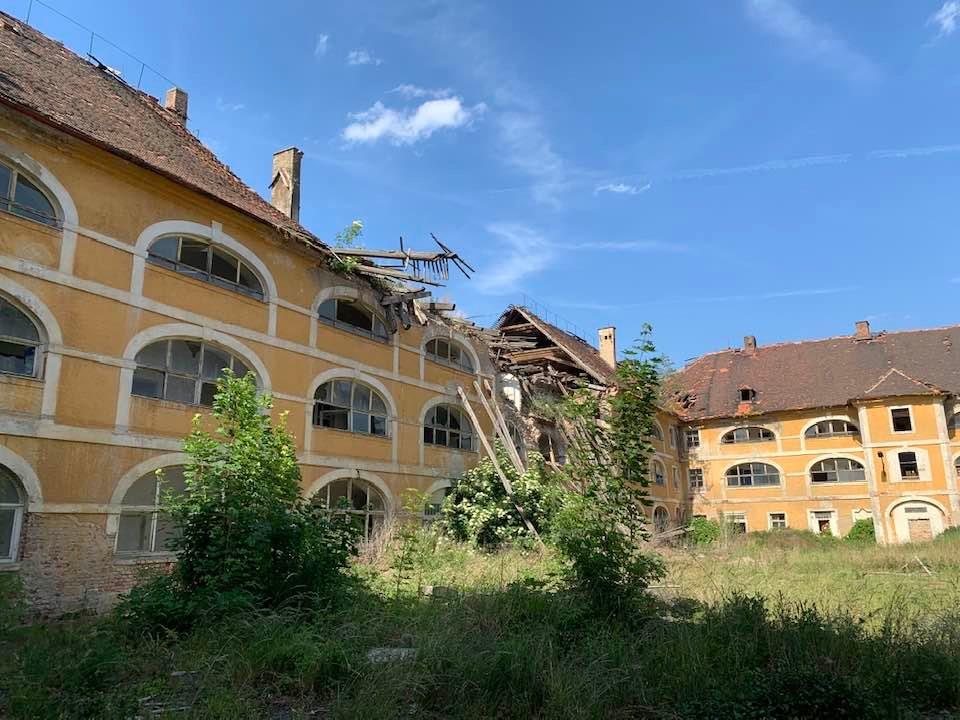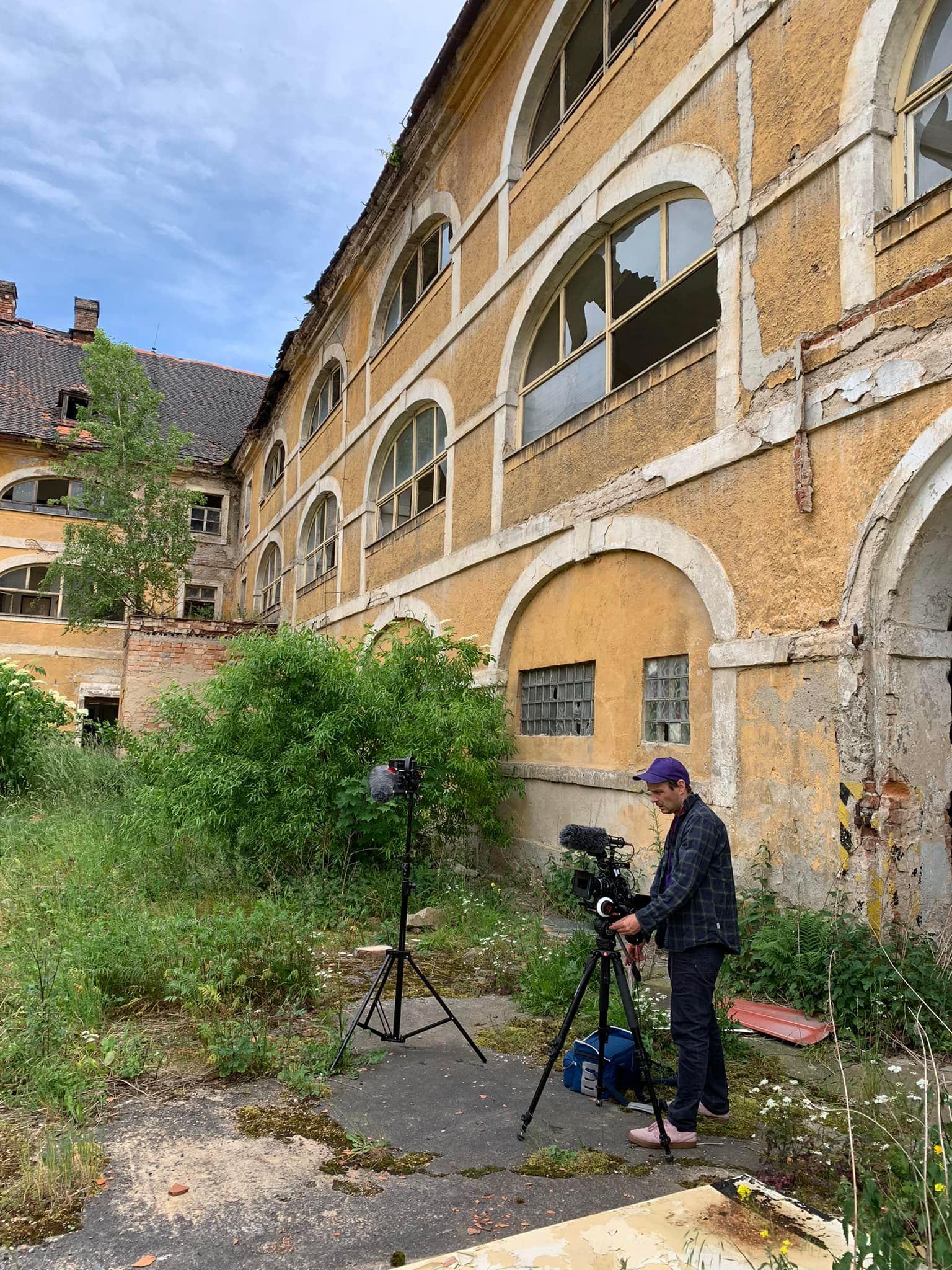Synopsis
Where does the archival imagery of the Holocaust, with which we are all familiar from documentaries, come from? Are these objective documents? In fact, most of these films were made by the perpetrators, and the constant repetition of these perpetrator’s views and propaganda images – which are rarely identified as such – leads to a representation of the Holocaust which privileges the perpetrator’s gaze as objective historiography. These films shaped collective images of history, and they continue to do so. But we hardly know anything about the background of their production, nor the ways in which they were connected to contemporary discourses.
Atrocity Film assembles and analyses these images in search of a critical perspective on the representation of the Holocaust. Through the visual deconstruction of long-established, iconic materials, the perpetrators’ gaze is made visible and alternative forms of representation become accessible. This process of revealing the inner structures of these films is complimented by montages of contemplative still images from the crime scenes today. These, in the same sense as Walter Benjamin’s “dialectical images”, stand in the flow of the montage as places for reflection. The historicity of the perpetrator images is countered by today’s reality of the crime scenes.
About the Director
Born 1972 in Lübeck, Fabian Schmidt lives with his wife and two children in Berlin. He works as a sound designer and is a lecturer and PhD candidate at Film University Babelsberg. Fabian Schmidt is employed as a researcher at the DFG long-term project “(Con-)sequential Images” (2021-2029) and is part of the Hebrew University Team in the Eu Horizon 2020 Innovation project “Visual History of the Holocaust” (VHH). He’s a Founding Member of the German Film Academy, Member of the European Film Academy and holds multiple nominations for the German Film Awards and the MPSA Golden Reel.
Artist Statement
Schulberg’s search for the SS film about the genocide of European Jews intrigued me right from the start. For me, however, it’s not only, or even principally, about finding this film. I am interested in the intentions behind it: to document the genocide. And actually there are traces of this film that we already know. To this day, for audiences of Holocaust documentaries, the casual, even careless use of voyeuristic footage shot by propaganda company cameramen creates a distance from victims on a visual level, preventing an understanding of both the historical reality and the actual extent of this breach of civilisation. Those images of the murder of the Jews that have been passed down are in fact not documentary, but instead represent the distorting views of perpetrators. Our film project undertakes a new approach to researching these familiar, even iconic materials. Its visual concept critically examines the images, which are temporarily freed from the purpose of illustrating established narratives and instead speak only for themselves and the harsh reality they recorded.
Year
In Production
Director
Fabian Schmidt
Cinematography
Hannes Böck
